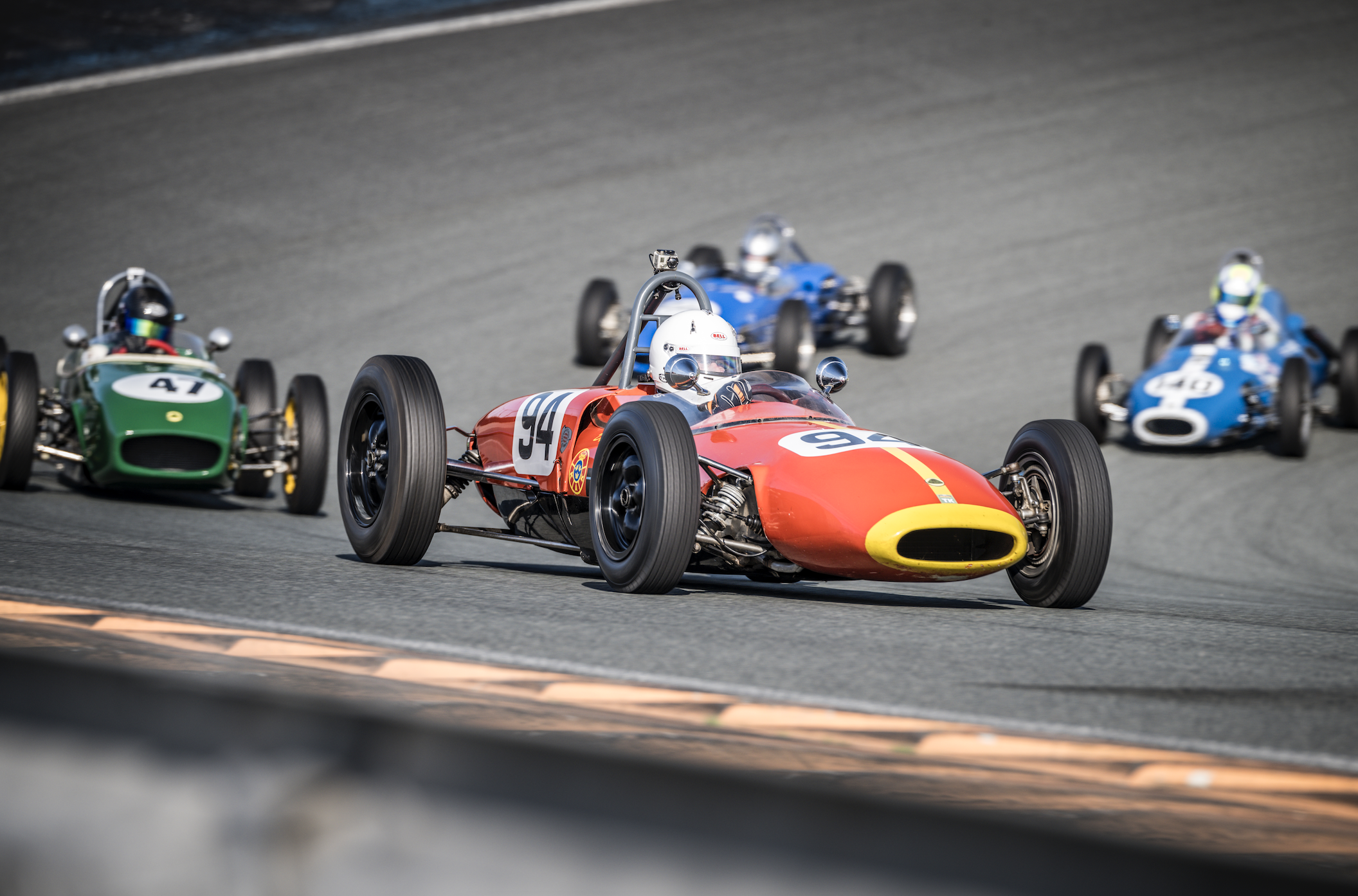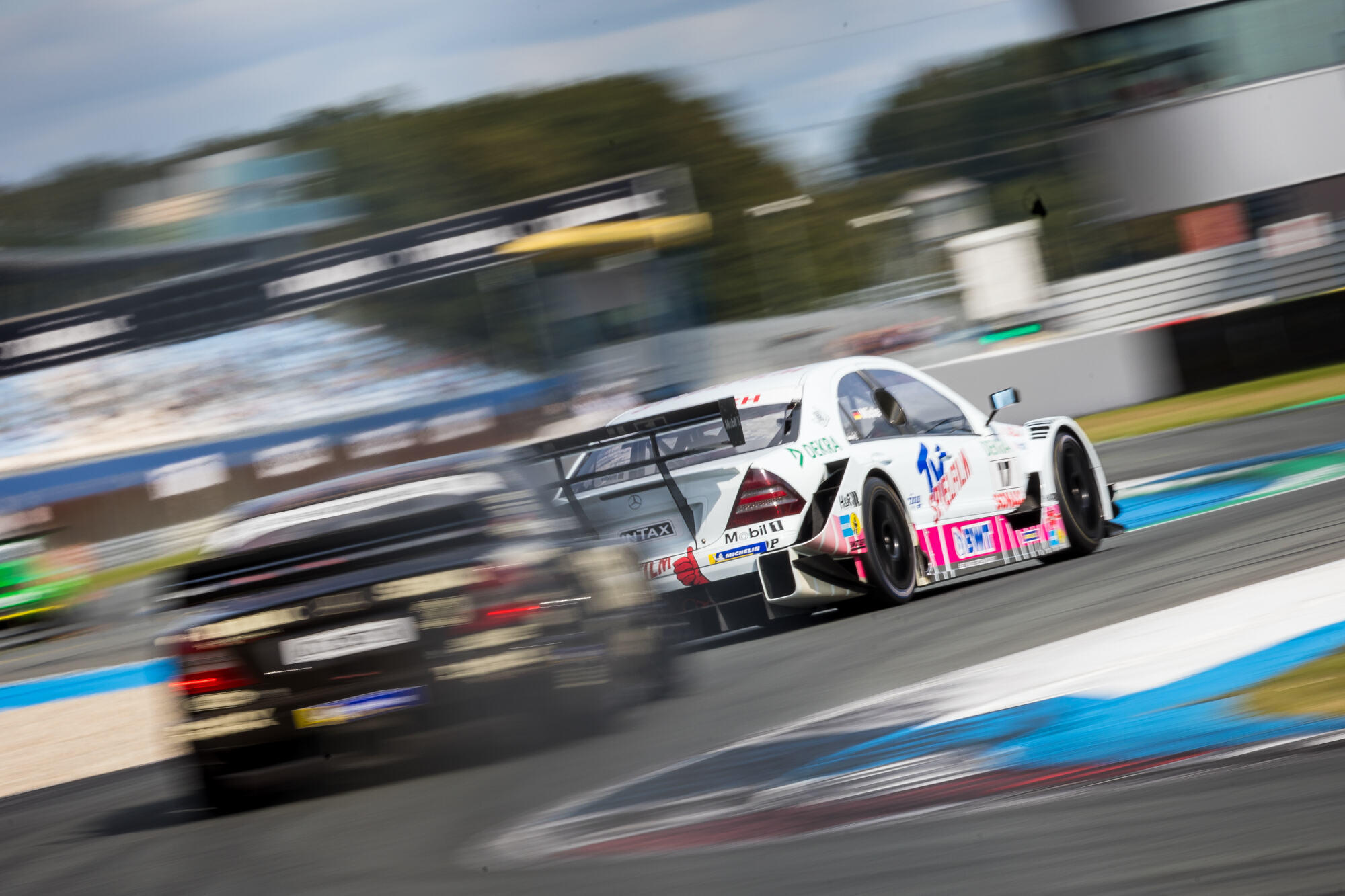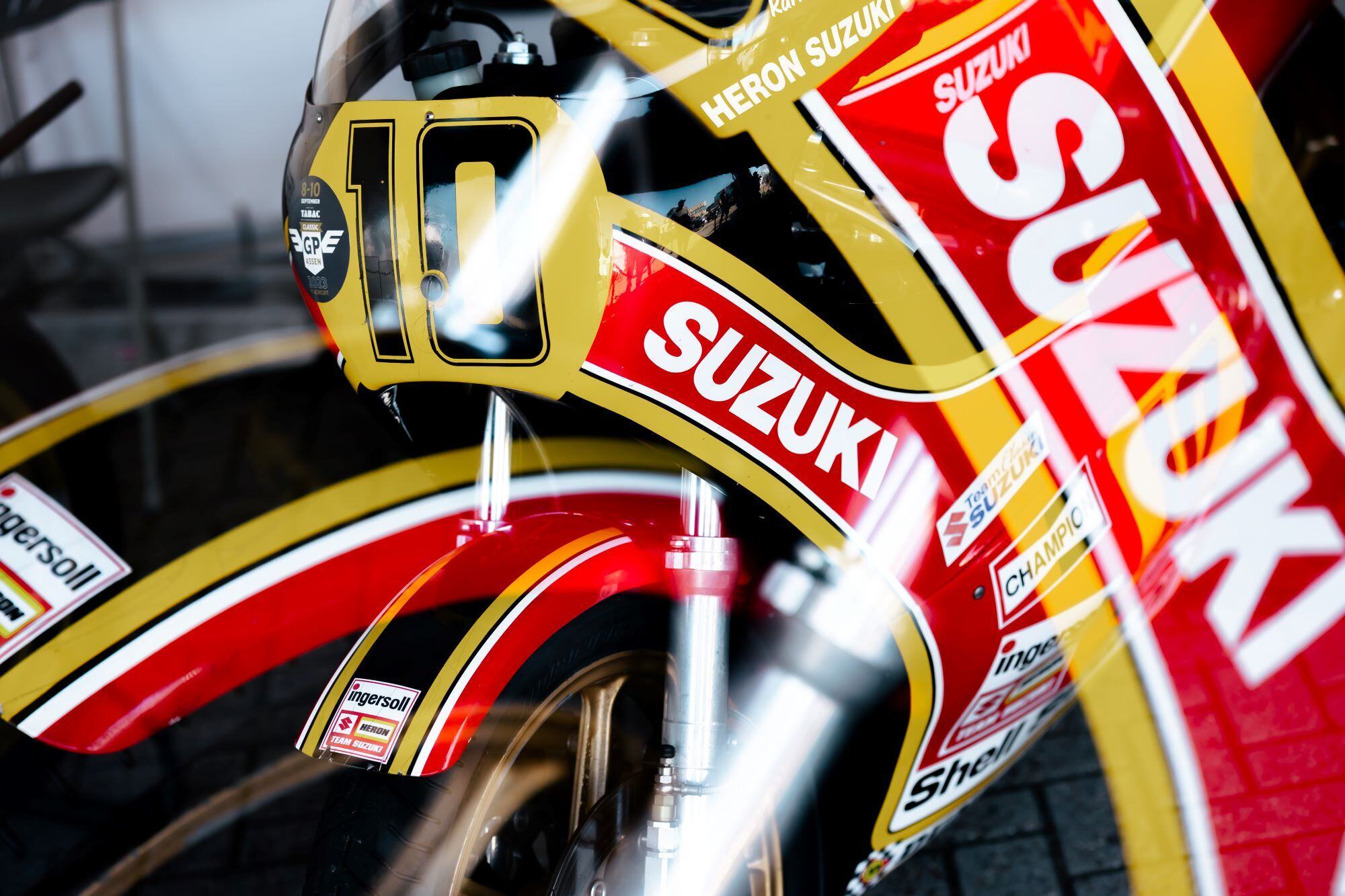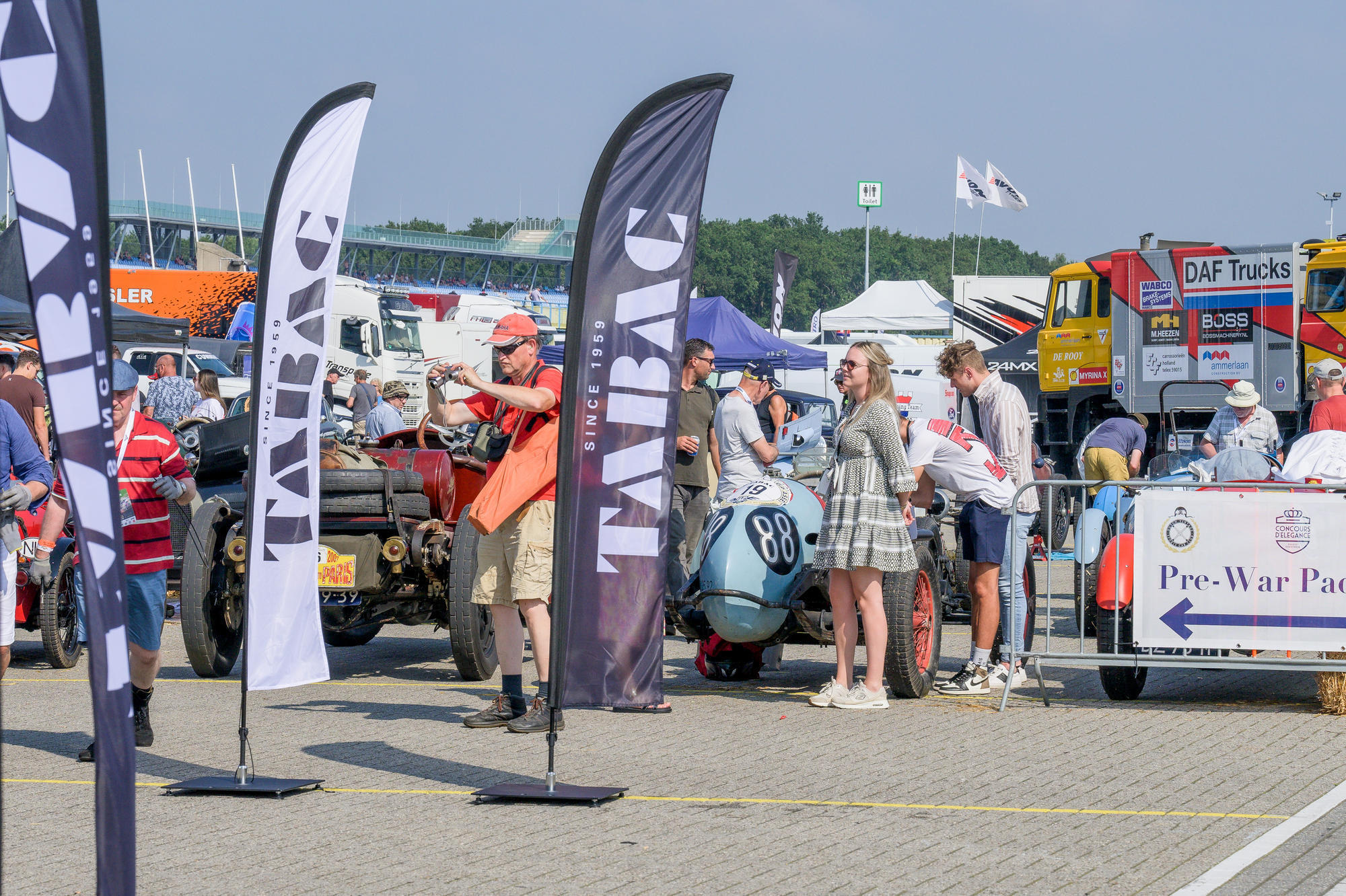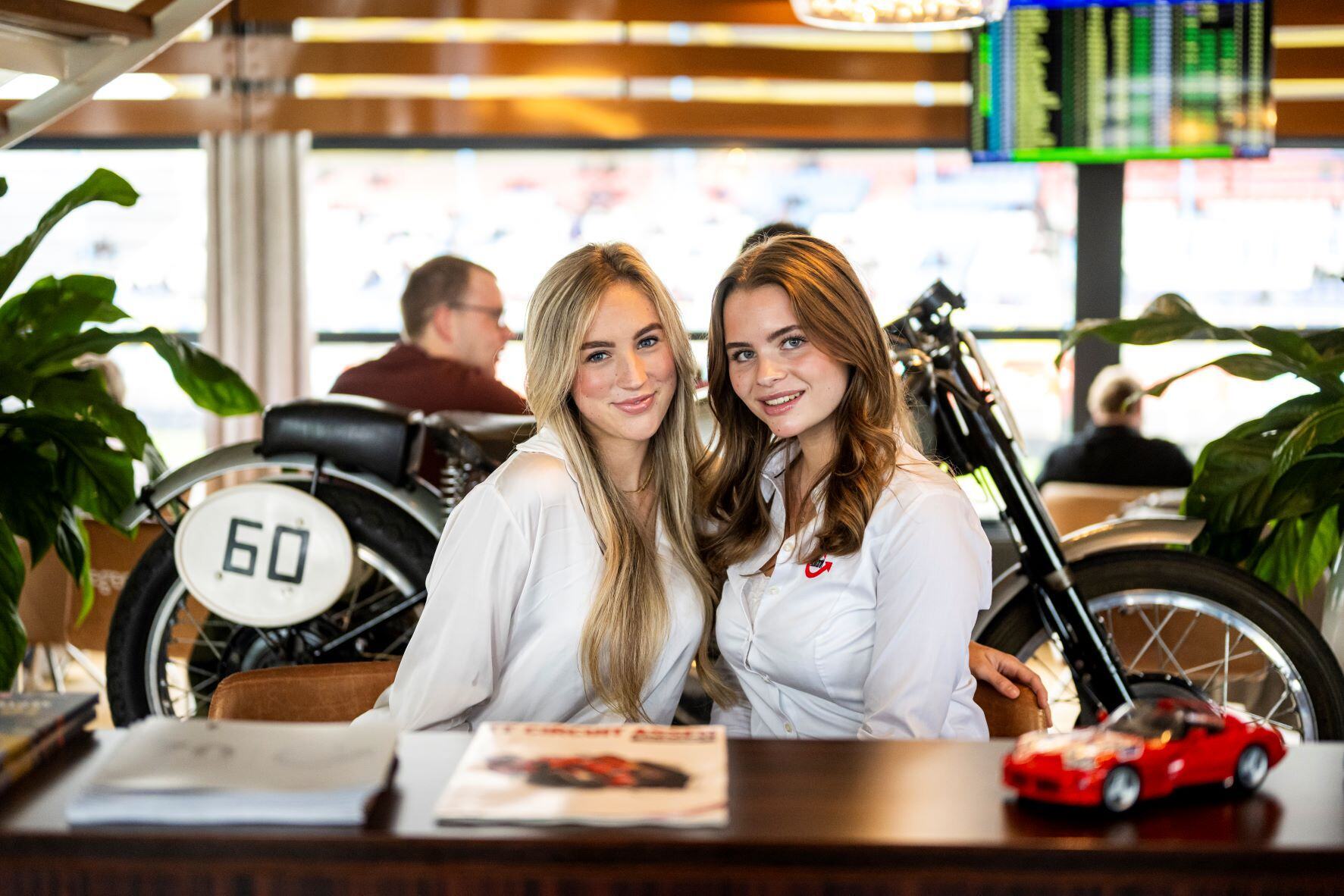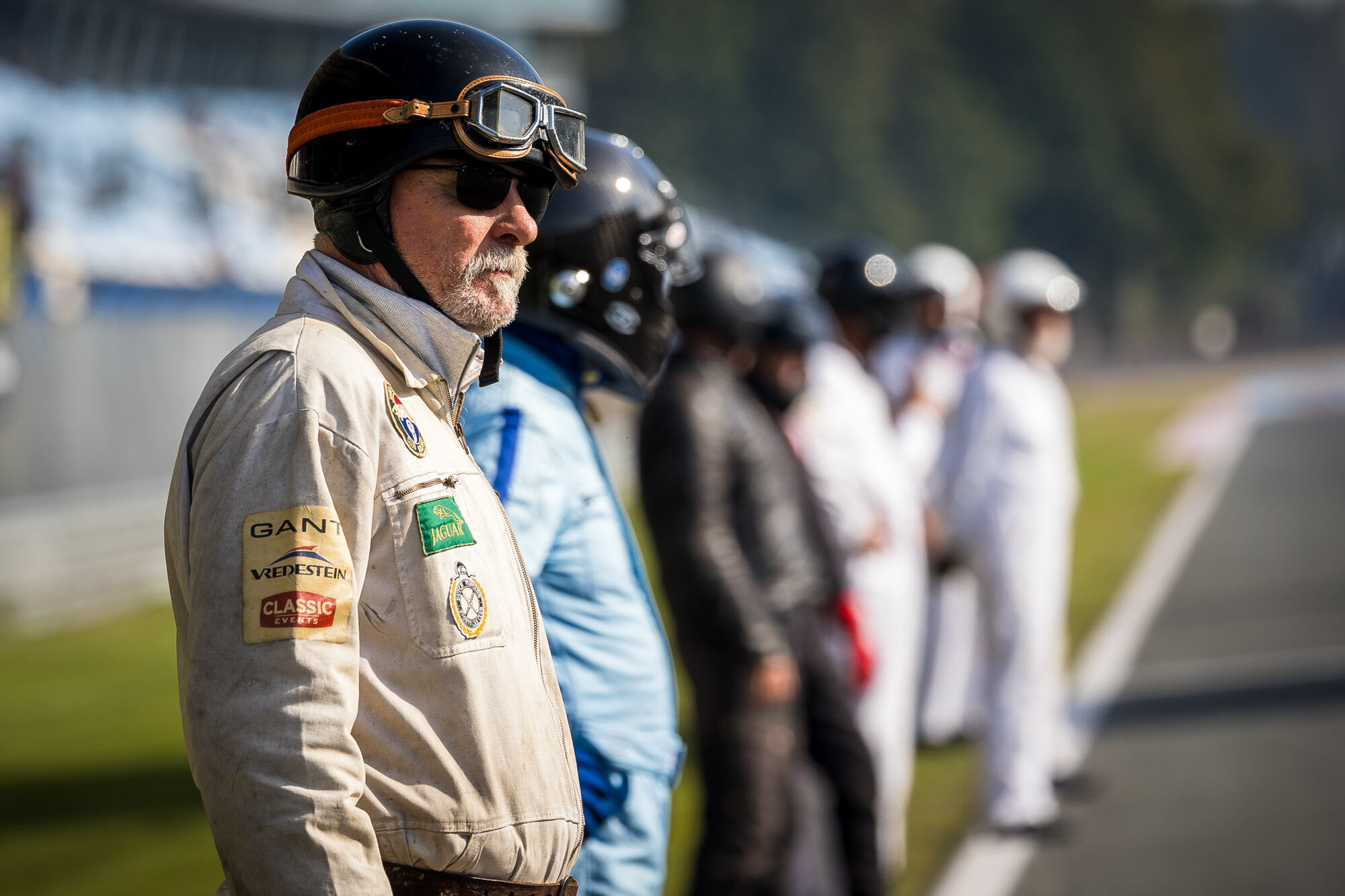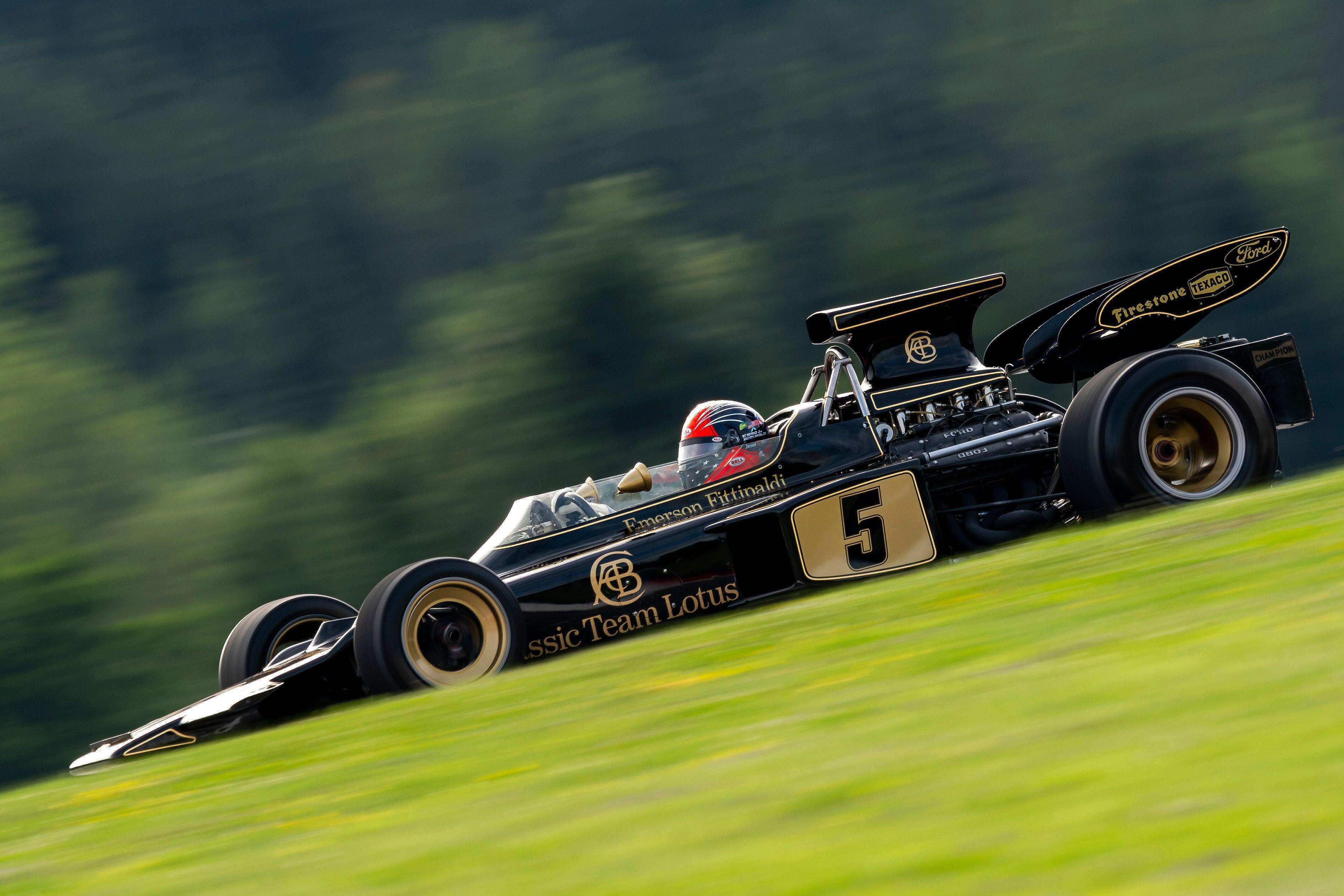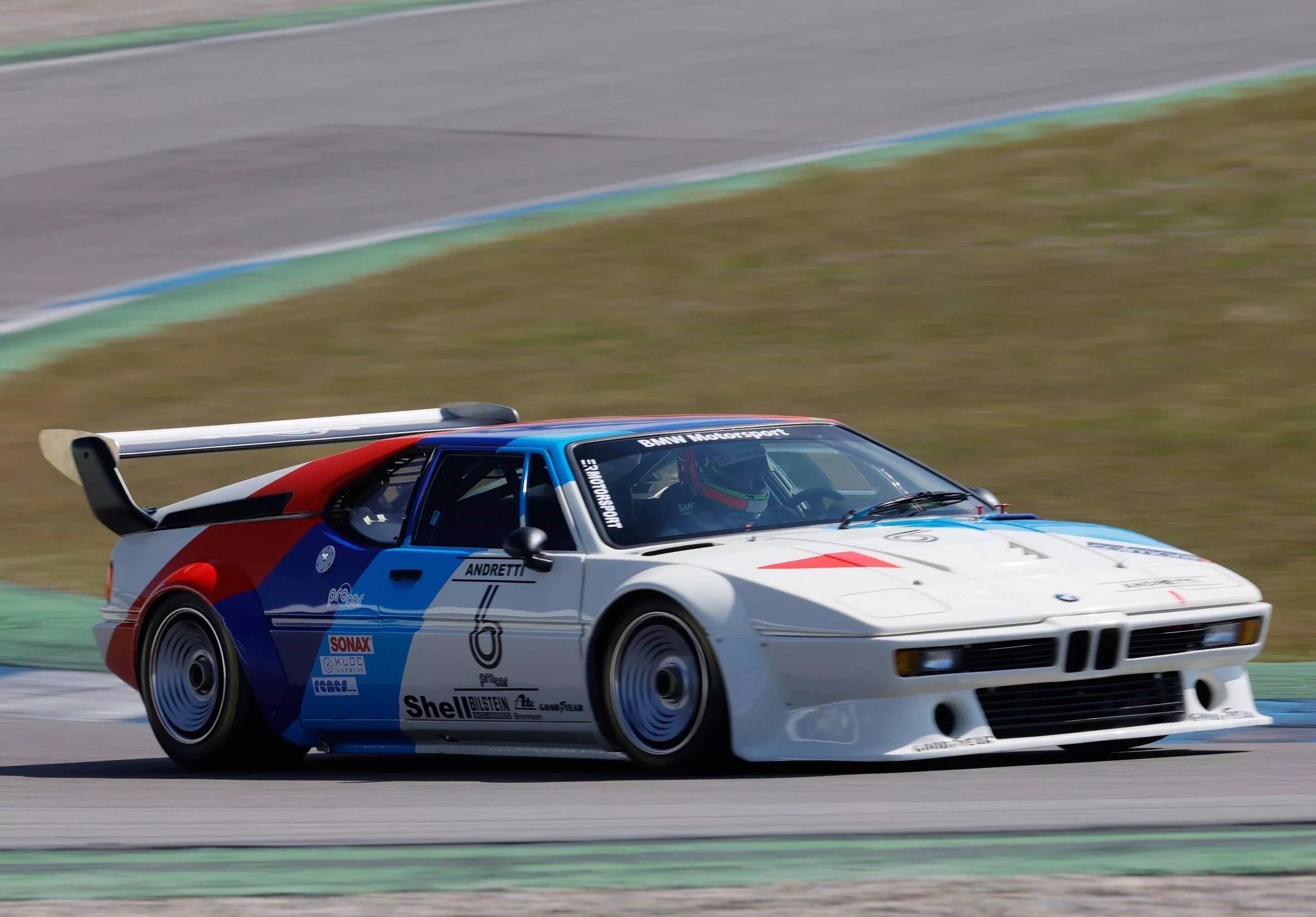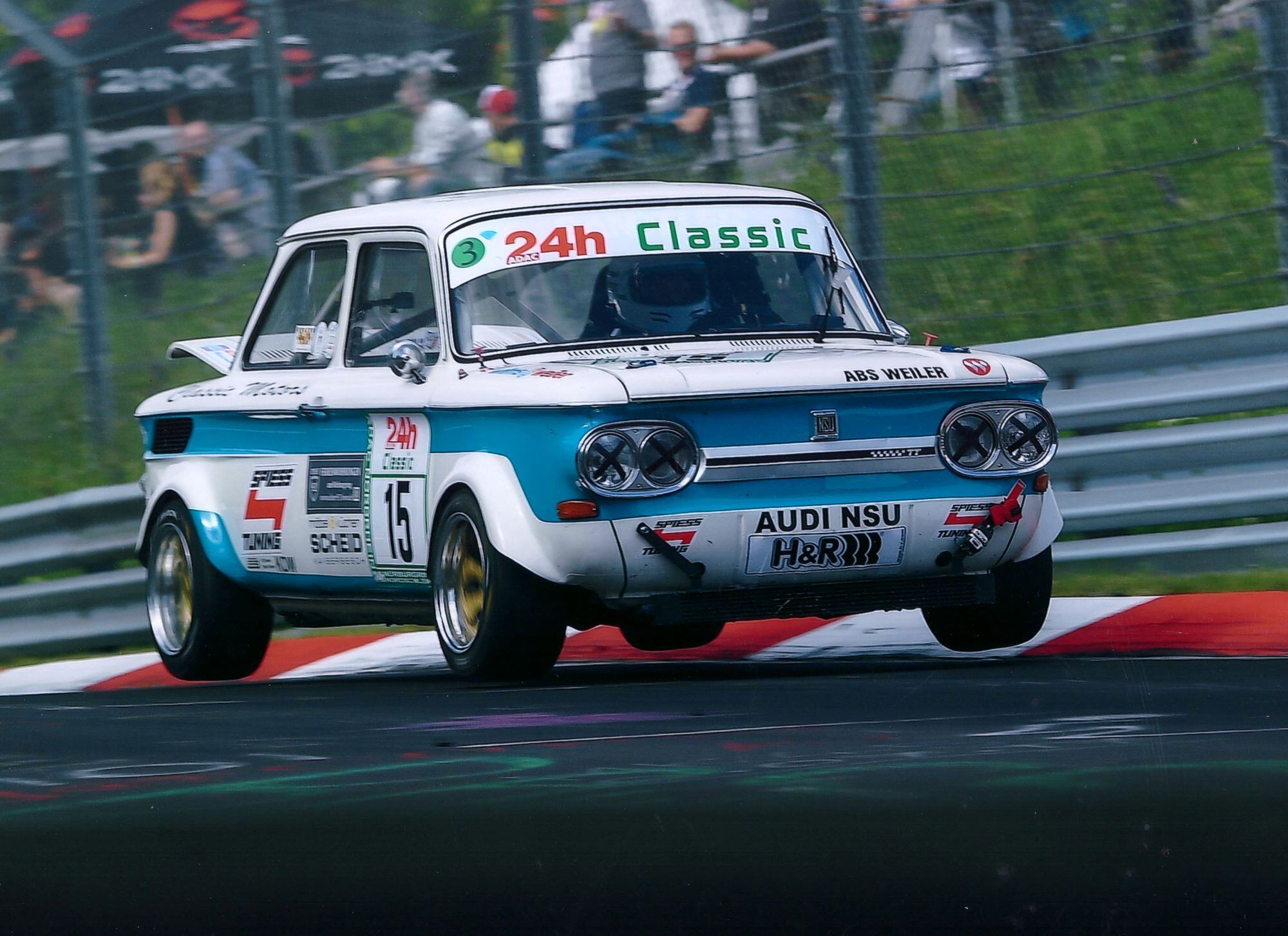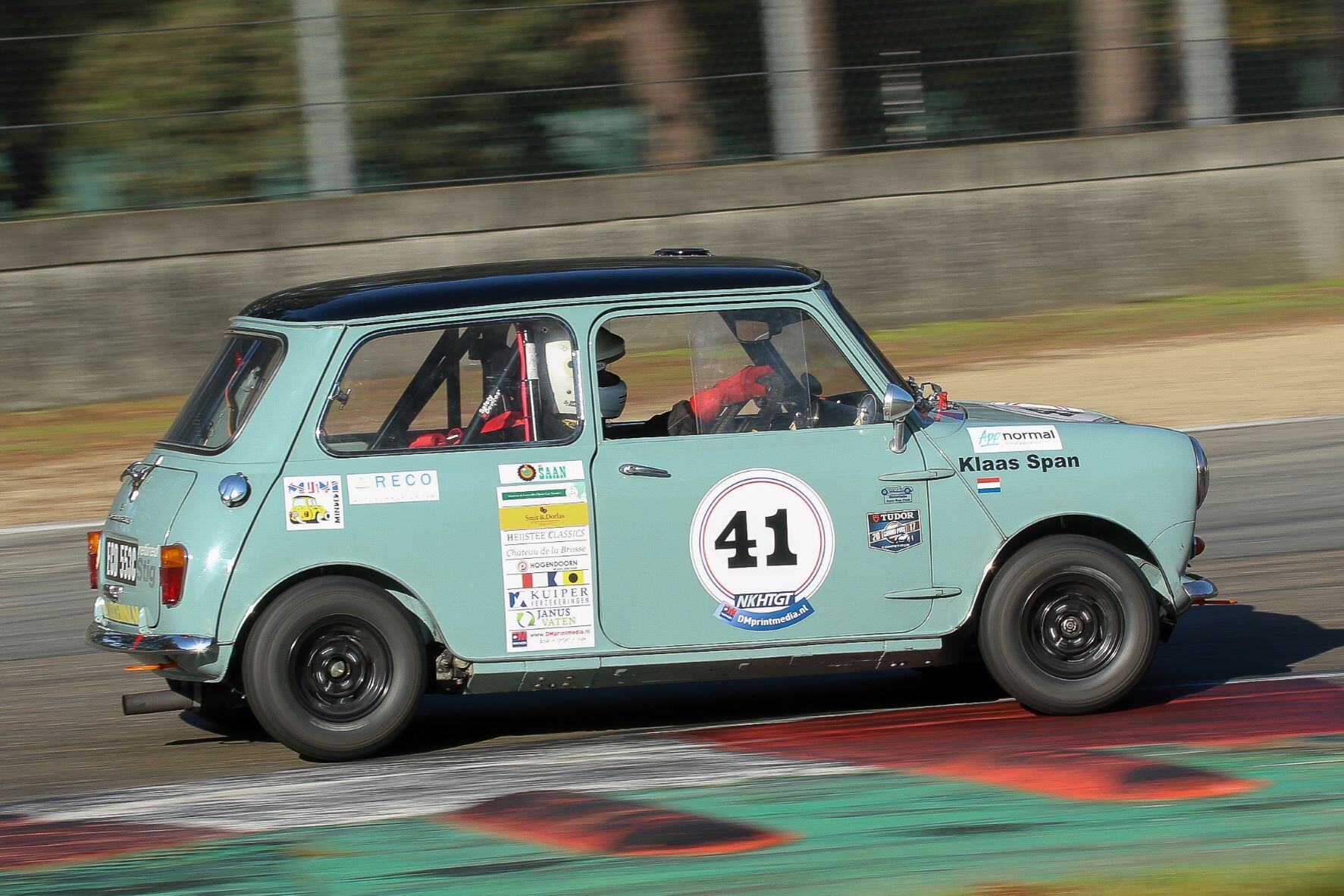1991 BMW E30 M3 Group A: still going strong
The E30 BMW M3 is a homologation special built for racing. The M3 had an incredibly long and illustrious career that spanned everything from rallying to DTM and is therefore considered to be the most successful touring car of all time. BMW developed the motorsport machine first, and then adapted it for the road, meaning it’s as close to a racing car for the road as one can get. The Group A regulations were introduced in 1982 and remained in use until 1994 covering cars competing in racing and rallying, both disciplines in which the E30 M3 appeared.
This Group A M3 was built by European hill climb champion Rainer Fink on a chassis supplied by Linder for the 1991 season. It was built according to group A-regulations, which were very similar to the DTM regulations. The car has some unique features including a smaller fuel tank and a light roll cage, making it more suitable for hill climbing. A seam welded chassis, magnesium uprights, tubular A-arms, big brakes, centre lock wheels and a powerful 2.5 l-engine producing approx. 340 hp and 990 kilograms made the car a very competitive (as well as expensive) package. It was raced by Fink for most oft he 1991 European and German hill climb championship rounds. Many podiums were taken and some group-A track records still stand up to this very day.
For 1992 Fink progressed into sportcars and sold the M3 to Andreas Kovesdan in Hungary who entered in the Hungarian Touring Car Championships, consisting of both hill climb and circuit racing. From 1992 until 2001, this M3 collected four overall championship titles with three different drivers. This might be seen as a sign of weak opposition, but the entry lists tell a different story. Some very fast race cars were campaigned in Eastern Europe in the 1990s after retiring from the DTM or supertouring Championships. In 2004 the car finally was granted retirement from contemporary motorsport.
In 2010 the car was found in Germany by the current Dutch owner, however without engine or gearbox let alone any background story. With the help of the Internet and some pure luck, the car’s history was assembled piece by piece in gradual stages. A 2.3-l-engine was fitted and this was the kick-start of its second life in historic racing, winning the 2011 Youngtimer Touring Car Championship. In July 2015, a newly built 340 hp 2.5l-engine was mounted into the car and some of its original livery was restored.
Since 2012, the car has been competing in the HSCC Super Touring Car Championship during the Silverstone Classic, taking nothing less than class wins. On the whole, this car is considered having competed in nearly 100 races and is still going strong. And only recently it was discovered that it also entered a full blown rally in 1992, making it a complete all round race car. Driven by Jan Bot jr., born in the same year as the car, a class win in the Bimmer Challenge during the Classic GP Assen is by no means an unrealistic goal.



